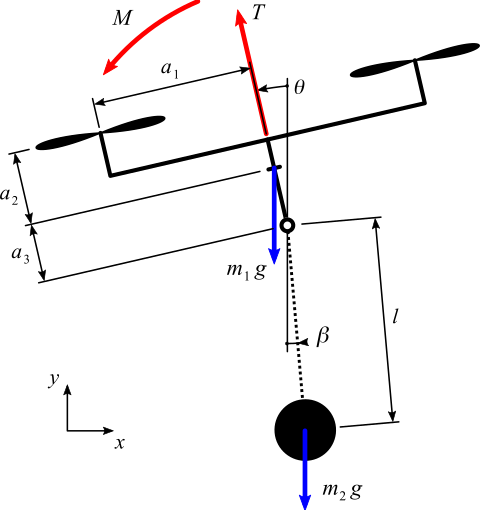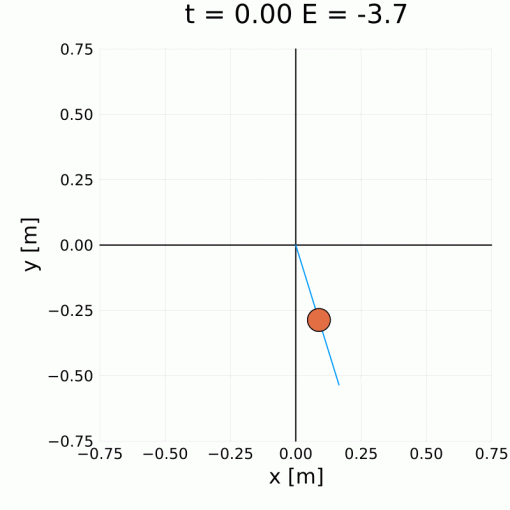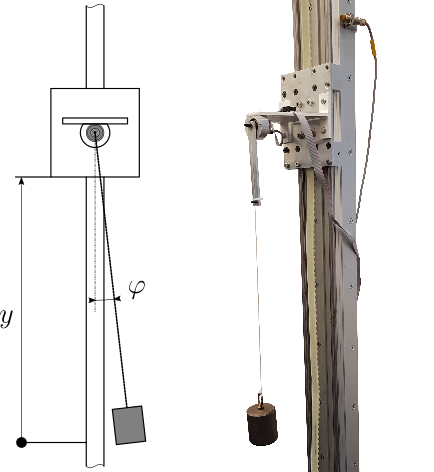A fully analytical controller design is proposed to tackle a periodic control problem for stable linear systems with an input delay. Applying the internal model control scheme, the controller design reduces to designing a filter, which is done through placement of poles and zeros. The zeros are placed to compensate for the harmonics and to gain the filter properness. For placing the poles, a quasi-optimal procedure is proposed utilizing the standard LQR method. Supposing high-dimensionality of the filter due to targeting large number of harmonics, the design as well as controller implementation is performed over a state space representation. A thorough experimental case study is included to demonstrate both the practical feasibility and effectiveness of the proposed control design. The experimental validation is performed on a physical system where the goal is to reject periodic vibrations acting on a mass-spring-damper setup where the sensor and the actuator are non-collocated.
You may also like
A control design and numerical study is presented for the problem of maneuvering a quadcopter with suspended load. An inverse shaper with a […]
A complete mechatronic design of a minimal configuration brachiation robot is presented. The robot consists of a single rigid rod with gripper […]
Solution of a case study problem of suspended payload sway damping by moving a pivot base in vertical direction is presented. Unlike […]
A combination of analytical and numerical time-delay-system spectrum-shaping tools are applied to the design of the robust delayed resonator. First, the delayed […]



